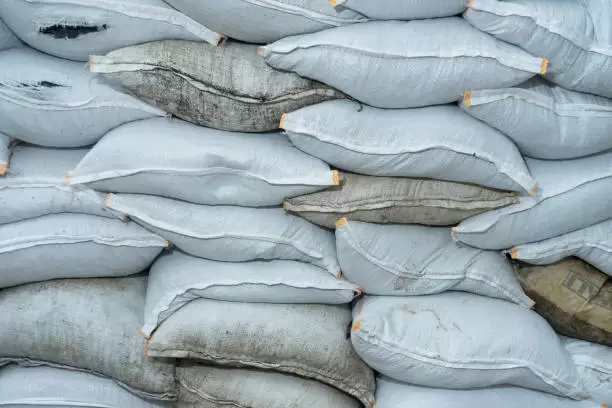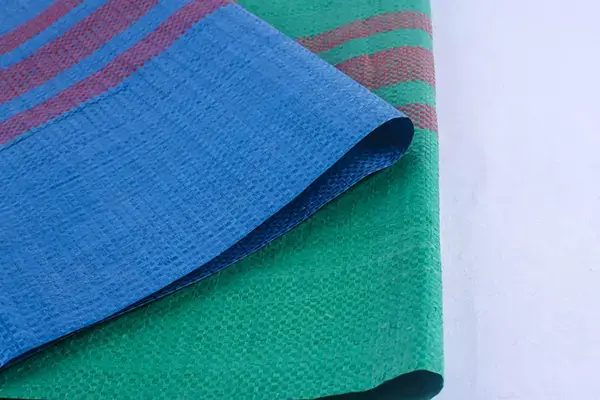Uses of Polypropylene Sandbags for Wind and Flood Prevention
Wind Prevention
Strong winds can cause significant damage to homes, businesses, and other structures. In areas prone to hurricanes, tornadoes, or other severe weather events, it's essential to have a plan in place to protect your property. Polypropylene sandbags are an excellent tool for wind prevention, as they can be used to create barriers that block or redirect the flow of air.
One common use of polypropylene sandbags for wind prevention is to stack them around the perimeter of a building. This can help to create a barrier that reduces the impact of strong winds and prevents debris from causing damage. Additionally, sandbags can be used to weigh down temporary structures, such as outdoor signs or event tents, to prevent them from being blown away by gusts of wind.
Flood Prevention
Flooding is a major concern for many property owners, especially those located in low-lying areas or near bodies of water. In the event of heavy rainfall or rising water levels, polypropylene sandbags can be used to create barriers that help to divert or contain the flow of water. By strategically placing sandbags in vulnerable areas, property owners can minimize the risk of water damage and protect their belongings.
In addition to creating barriers, polypropylene sandbags can also be used to absorb water and prevent it from seeping into buildings. Placing sandbags around the perimeter of a property or near doorways can help to create a protective barrier that keeps water at bay. This can be particularly useful for homes and businesses located in flood-prone areas.
Other Uses
In addition to wind and flood prevention, polypropylene sandbags have a variety of other uses. They can be used for erosion control, landscaping projects, and even as weights for exercise equipment. Their durable construction and versatility make them a valuable tool for a wide range of applications.
Polypropylene sandbags are also an environmentally friendly option for property protection. Unlike traditional sandbags, which are often made from non-biodegradable materials, polypropylene sandbags are reusable and can be recycled at the end of their lifespan. This makes them a sustainable choice for those looking to minimize their environmental impact.








